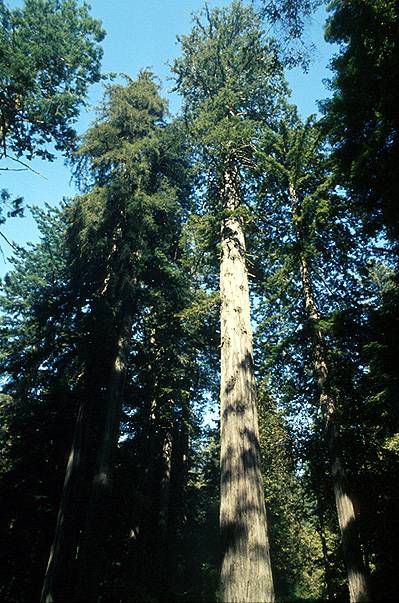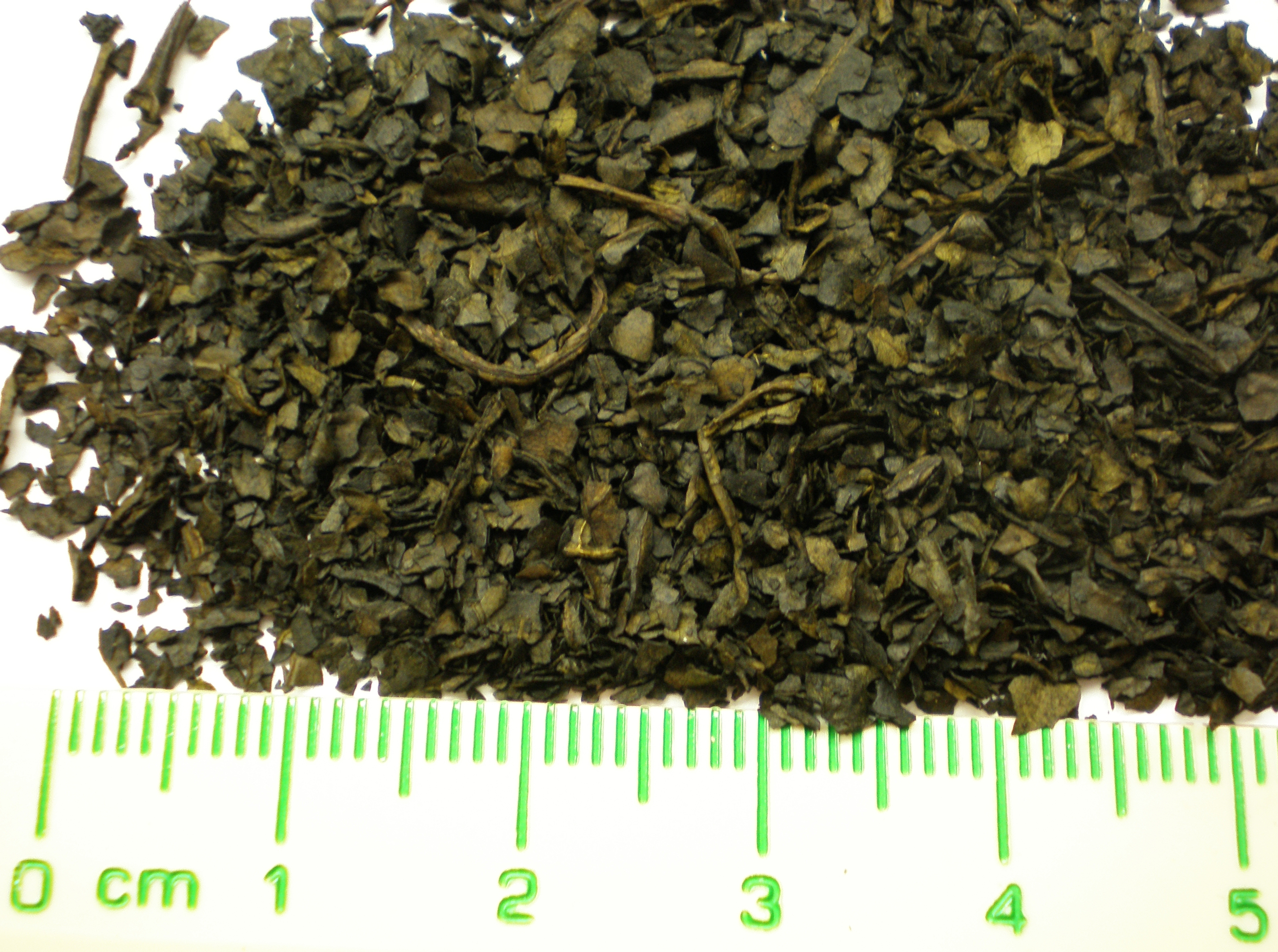 Whether we live in the depths of the darkest jungles or on the most crowded streets in large urban epicenters, each day we take for granted the plant life which surrounds us. Several years ago, I recall an instance where a friend of mine who had recently been diagnosed with a kind of hyper-sensitivity had been sitting in my driveway with me one evening, when he thought he overheard voices coming from nearby. “Do you hear that?” he asked. I admitted that I hadn’t heard anything in particular. After a brief silence, he laughed to himself. “That’s funny… I could have sworn I had heard voices. Must have been the trees talking to one another.”
Whether we live in the depths of the darkest jungles or on the most crowded streets in large urban epicenters, each day we take for granted the plant life which surrounds us. Several years ago, I recall an instance where a friend of mine who had recently been diagnosed with a kind of hyper-sensitivity had been sitting in my driveway with me one evening, when he thought he overheard voices coming from nearby. “Do you hear that?” he asked. I admitted that I hadn’t heard anything in particular. After a brief silence, he laughed to himself. “That’s funny… I could have sworn I had heard voices. Must have been the trees talking to one another.”
At the time, I didn’t really know whether to take him seriously or not. He had been told by doctors that he was particularly sensitive to subtle energies, electric fields, and a variety of other things, which may have explained his frustration at periodically finding himself unable to concentrate easily. Surely, I thought, he wasn’t picking up on any subtle energies from trees; but whether or not he had been joking about overhearing plants speaking, it was clear that my associate had thought he was hearing something. As strange a notion as this seemed, little did I know that there already existed an entire subculture that dealt with whether or not plants might be conscious entities. Furthermore, a growing body of scientific information points to unforeseen ways in which plants and humans interact, with many instances where plant “spirits” even seem to communicate with us directly.
Years ago, I remember reading with fascination about the unique effects of Salvia Divinorum, an entheogenic plant used by the Mazatec healers of Mexico. A square-stemmed plant that rarely produces seed, it is known for the odd way in which it grows straight up, then falls over, a new plant springing from the ground below where the old one had fallen. Though lacking any mythology to explain the strange plant, the Mazatecs do have a name for it; Ska Pastora, meaning “the leaves of the shepherdess”. Though the use of this name and terminology is associated with the Virgin Mary, there is another rather unique property that deals with a feminine aspect of the plant itself, attributed to the plant’s psychoactive effects. Many who use it describe visions where they were being cared for in a garden–as though they were a plant themselves–by a tall woman clad in white; presumably the spirit of the Salvia plant itself.
Indeed, this provides strange, foreign imagery for most to have to wrap their heads around. Perhaps this odd characteristic is better summarized through experiences like that of Kathleen Harrison, formerly the wife of famed ethnobotanist Terrence McKenna. Harrison recounts being treated for a heart condition during a Salvia experience, where she met “a beautiful woman dressed in white about ten feet tall.” This entity appeared as a caretaker, tending plants in the garden, one of which Harrison had manifested as in her vision. The tall woman came to her and passed her hand through Harrison, producing “a wonderful feeling, a tingling warmth.” Before the vision faded, the spirit told her to “show them the edge of the garden,” a statement of utter profundity which Harrison interpreted to mean something about her future work as a botanist.

ABOVE: Measurement of Salvia extract
Sadly, not everyone recognizes the profound effects of plants like Salvia. In my home state of North Carolina, a new bill planning to outlaw the lady-like psychoactive herb has passed the state Senate, prompting many to rush to buy it legally:
Senate Bill 138, sponsored by Sen. Bill Purcell, D-Laurinburg, would prohibit the “manufacture, sale, delivery, or possession” of Salvia divinorum. The law calls for a fine for the first two offenses and misdemeanor charges for subsequent offenses. Purcell stressed that North Carolina’s law would not be as strict as those of 13 states, which made Salvia divinorum a drug on par with heroin.
Sure, I’ll wager there are individuals out there who have claimed to have had spiritual revelations while under the influence of drugs like heroin also. However, though I have never been a drug user myself by any means, I am somewhat saddened by the fact that Salvia divinorum can be so easily categorized alongside drugs with far more destructive potential by our lawmakers. Unlike heroin, Salvia divinorum is not known to possess addictive properties, and unlike many entheogenic plants, it is not toxic. Also, as a ?-opioid agonist, it may even have unconfirmed potential as an analgesic, or even a therapeutic tool for treating drug addictions, much like the African iboga plant.
In addition to chemical effects plants may have which could be conducive to treating health conditions, new studies being performed by experts like Professor Richard Karban may indicate that plants are actually “capable of more sophisticated behavior than we imagined.” Karban calls his research “controversial”, since it suggests that plants are able to communicate “by sending chemical messages through the air, warning of hungry predators.” Though this may sound more like science fiction than science fact (with a similar set of circumstances being presented in M. Night Shyamalan’s film The Happening), Karban believes he has proven this strange sort of “communication”, witnessed between sagebrush bushes, by clipping the stems of certain plants growing in patches where grasshoppers would normally feed on them, mimicking the damage they would cause. According to his research, Karban claims that plants near the ones which were clipped recieved less damage from actual grasshopper feasting, as though they had been “warned”. Along these same lines, studies with plants growing in the jungles of Ecuador seem to indicate that some plants also communicate with bugs, “feigning sickness” in order to prevent harmful moth larvae from devouring their leaves.
The notion that plants communicate with each other is fascinating by itself. However, recent studies being performed elsewhere also suggest that plants may receive stimulation from humans speaking to them. Not just any humans, though; apparently they seem to prefer female voices.
“Recordings were made of the volunteers reading passages from Shakespeare



He may have been hearing the sounds or voices of nature spirits that tend the plants, not the plants themselves, although for all I know, that’s a possibility too.
Nature spirits (elementals) like faeries, elves, gnomes etc are well known for their tending to plants and nature in general. Believe it or not, they do exist, and I have good reason to suggest that if humans were aware of this in general, and made the effort towards respectfully communicating with them (such as asking for their help in protecting the plants) they could and would do much more to help us with our relationship with the natural world as they mutually benefit from it too. I have my own numerous experiences to attest to relating to them and I know they are at least part of the equation, perhaps actings as the liasons between human consciousness and the plant kingdom. The response of the plant kingdom to our thoughts and our interaction with it is facilitated through them if not their doing, whether we are aware of it or not.
The plants may also have a voice and consciousness independent of the nature spirits for all I know, but I don’t think it would be apprehended as a voice or voices but instead as a vibration or frequency. The music or whatever that is played for a plant might be actually enjoyed by the nature spirit (which are intelligent to varrying degrees) and thus entertain it more or less, keep it around, or drive it off, thus aiding the plant or not. Reason I think this may be the case is because the studies aren’t consistent, sometimes classical music makes the plants grow better, sometimes rock n roll does for example. Those inconsistencies tell me it might therefore relate to the preference of the nature spirit, which has it’s own variable tastes like a human would and which fits the folklore.
WIth or without the nature spirits, the sound vibration may also be harmonious or not to the plant, and so may still play a role independent of the spirits. Conjecture on my part but food for thought.